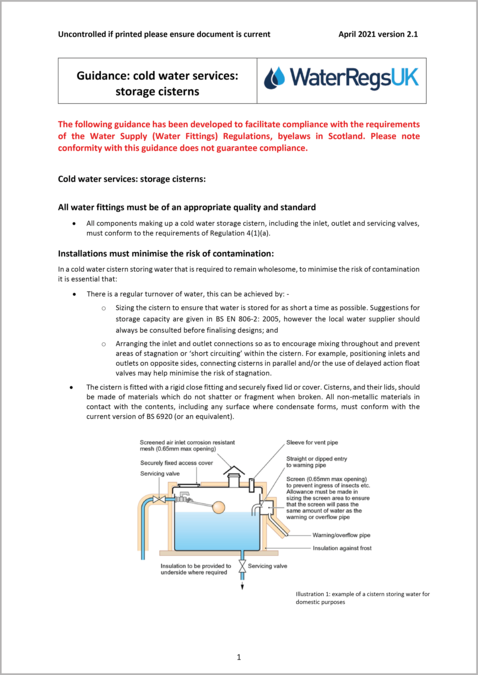If you only have one feed and no larger vent rising up and over the F&E cistern then it must be a combined F&V.
If the pump is on the system after the F&V on the return, then the system will be mostly under positive pressure > Fig3. The closer the pump gets to the F&V on the flow side of the pump, then more of the system gets into negative pressure as more of the positive pressure will find the path of least resistance which is usually back up the F&V, which isn't ideal, of course height/distance is very relative too
If the pump will only be moving forward by a small amount, in relation to the size/length of the system then the impact of that change should be minimal but without being onsite and actually seeing everything, it's never easy to be sure.
Also when changing certain system layouts, it can also be trial and error unless you can see everything or you installed it all, but it is much easier for a pro to correct any issues that may be introduced, as it's usually easier to alter.




